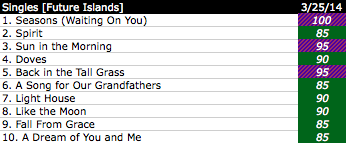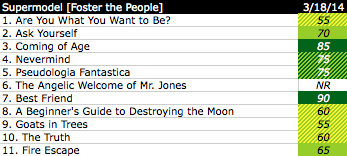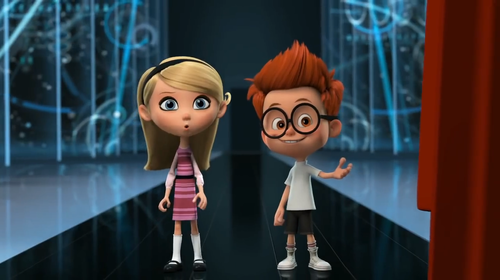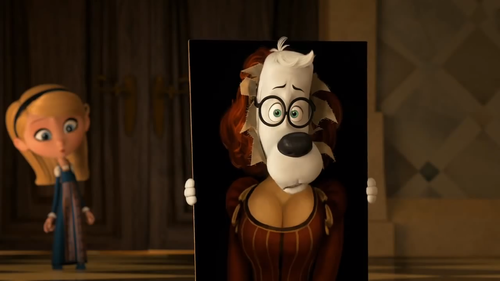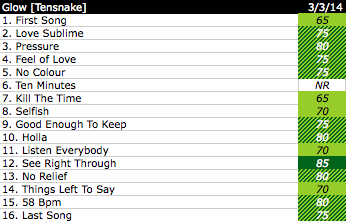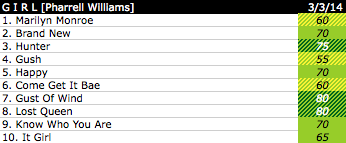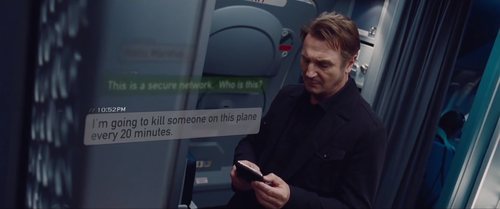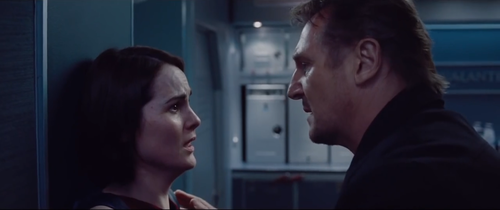Wes Anderson’s Hilarious Comedy-Drama Dazzles with a Brilliant Screenplay, Commanding Performances by Ralph Fiennes and a Solid Supporting Cast, and Signature ‘Wes Anderson’ Mise-en-Scène

If at any point you ever doubted director/writer Wes Anderson’s visual poetic skill, The Grand Budapest Hotel should slap some sense right back into you. Anderson’s newest film is as absurdist as it is serious, as artistic as it is comical, and as real as it is unreal. Instead of using the illusion of film to emulate realistic circumstances, Anderson uses reality to write poetry and turn it into something of a fantasy, a stylish nursery rhyme for adults. His efforts are beyond respectable – even beyond laudable – and although it’s early to say, I doubt any comedy this year will usurp Anderson’s throne.

M. Gustave (Ralph Fiennes) questioning the new lobby boy, Zero Moustafa (Tony Revolori)
Some may argue that Anderson’s cinematographic style – ridiculously symmetric frames, angular pans, and a severely limited color palate, for starters – has become more of a shtick by now, a self-mockery of sorts. However, The Grand Budapest retorts that Anderson is not banking on these techniques to carry his film. Rather, they have become the backdrop to his stage, his hour-and-thirty-minute signature all over the film. Looking beyond that, the viewer discovers how much Anderson has truly matured in his narrative, writing, and directing skills. Behind the Anderson façade is a truly significant and beautifully crafted film, rife with guiltless humor, dramatic progression, and plenty of gasp-inducing moments (some from sheer admiration, and some from severed fingers).

Assassin Jopling (Willem Dafoe) holding back Dmitri (Adrien Brody) as he yells at M. Gustave while Serge X. (Mathieu Amalric) observes
With The Grand Budapest, Anderson is not looking to write a film; he wants to tell a story. Principally evident in the multilayered frame narrative, he wants the audience to feel like they’re being told a story passed down along generations, re-imagined in fanciful colors and whimsical set pieces. The structure and timing of the storyline is absolutely flawless – the film never skips a beat. Neither over-edited nor under-edited, the story expresses capricious originality while maintaining gravity and poise. Like many of Anderson’s films, the writing is laced with subtle sociopolitical themes – however, with the turmoil of war and aristocratic corruption running concurrently with the plot, these themes tend to remain in the foreground of the narrative. Which isn’t a problem, because instead of detracting from the film’s hilarity, they instead add to its reputation.
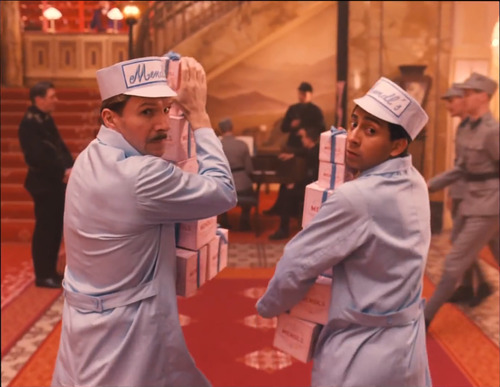
M. Gustave and Zero sneaking back into the Grand Budapest Hotel
The Grand Budapest is gifted with a strong cast, lead by an impeccable performance from Ralph Fiennes. You would not have instantly pictured Fiennes as the ideal actor to play M. Gustave, the charming, fruity, and unashamedly frank concierge of the legendary Grand Budapest Hotel. However, once you see him in his prime, you can’t imagine anyone else better suited for the role. Just about everyone in the Anderson ensemble makes an appearance, Tony Revolori makes a stellar big-screen debut as the wide-eyed lobby boy/companion to M. Gustave, and Willem Dafoe plays an uproariously threatening and stylishly scary assassin, just to name some standouts. Anderson proves, for the umpteenth time, he is just as great a director as he is a writer, orchestrating many of the action/chase scenes with skillful awareness and a definite vision. Barney Pilling and Anderson work together to produce arguably the most appropriate editing I’ve ever seen in an Anderson film. The quick, sharp, and angular cuts sustain the storytelling vibe while preventing the boisterous colors and set pieces from becoming a strain on the eyes. In summary, The Grand Budapest Hotel is a powerfully designed, painstakingly acute, drop-dead fashionable, and laudably jocular comedy-drama that represents Wes Anderson’s skill set in his prime. We can only hope that he continues to create films that shine with such ingenuity and technical finesse.
FINAL SCORE: 5 out of 5 stars (raw score: 95, between “almost perfect” and “perfect”)
The Grand Budapest Hotel was released by Fox Searchlight Pictures on March 7, 2014

